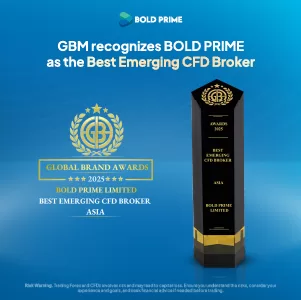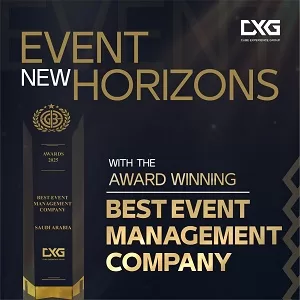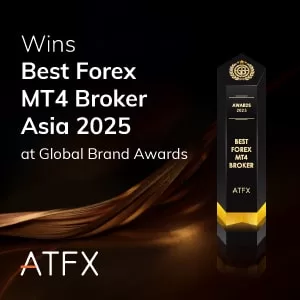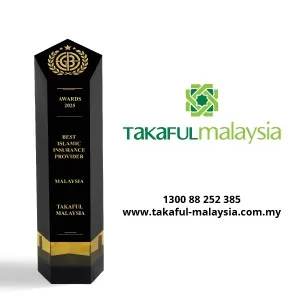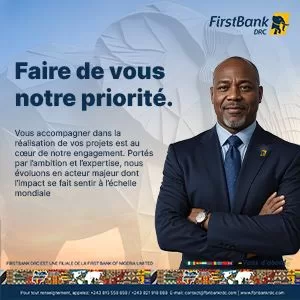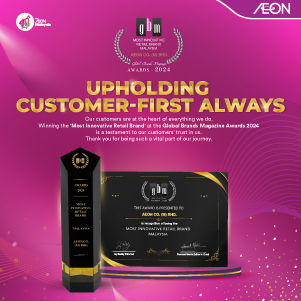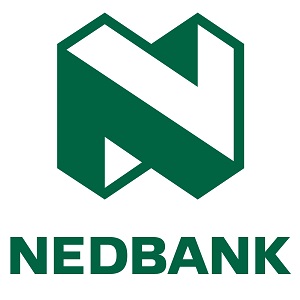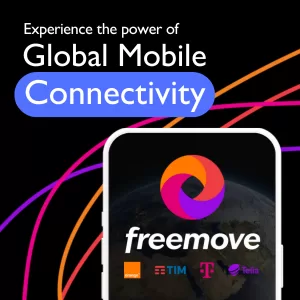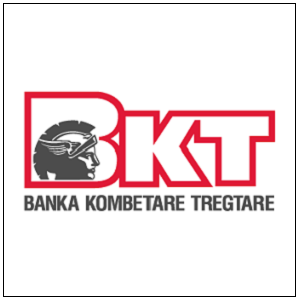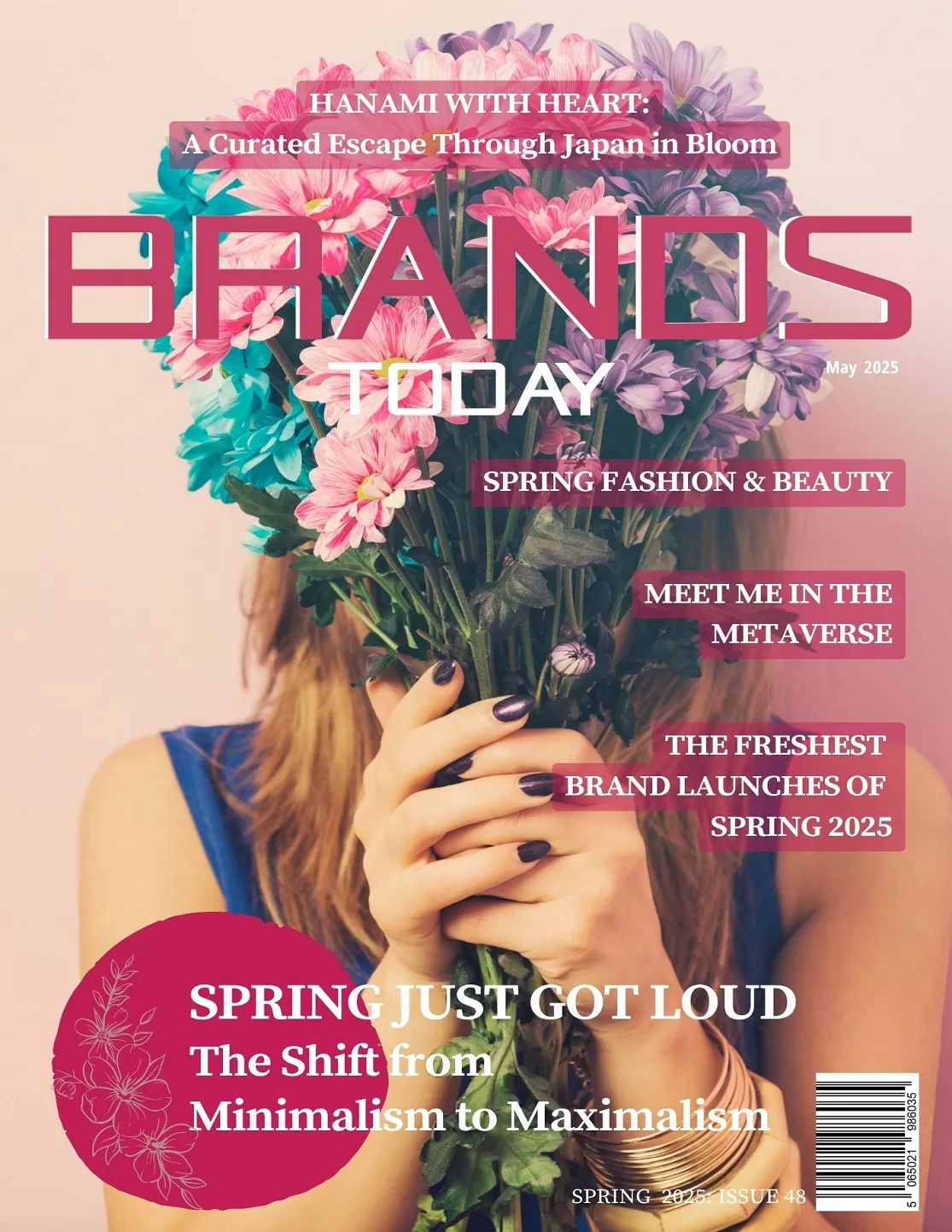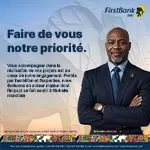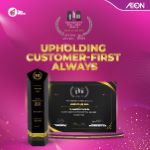Fashion
Is Quiet Luxury on Its Way Out? A Closer Look at What’s Next for High Fashion
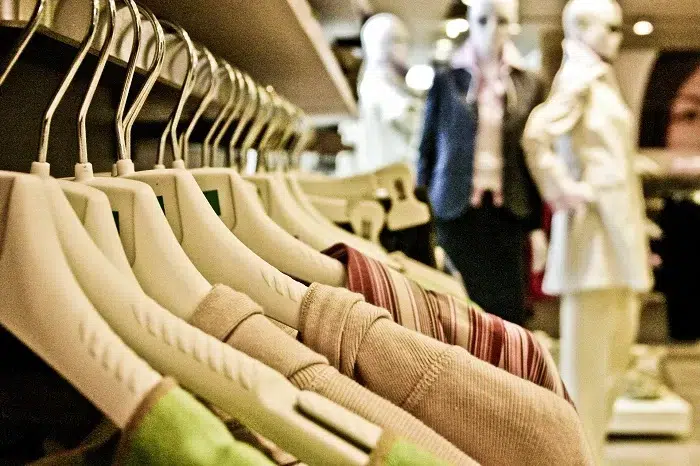
- LVMH’s US CEO, Anish Melwani, has publicly called out quiet luxury as overstaying its welcome, saying it had become “pretty annoying”
- Brands and consumers in the UK are now navigating a fashion landscape where louder statements may be making a return.
Quiet luxury has spent the past few years defining a very specific aesthetic in the global fashion landscape. It was never just a style—it became a kind of cultural shorthand. Clean lines, neutral tones, and tailored silhouettes took the spotlight. The message was clear: understated wealth is still wealth. No flashy logos. No need to announce anything.
Brands like The Row, Loro Piana, and Brunello Cucinelli built entire narratives around this. Their focus was on fit, fabric, and craftsmanship. A look that only someone equally immersed in the world of luxury would even recognise.
This worked especially well in the UK. A culture that leans toward reserve and favours longevity over loudness naturally embraced a trend that offered quiet elegance. As the cost of living crisis continued, many consumers opted for quality over trend cycles and timelessness over seasonal highs.
Still, like most trends, this one had a shelf life. Familiarity began to dull the edge. Quiet luxury started to feel, well, a little too quiet.
What Anish Melwani Really Meant
Anish Melwani is not known for hyperbole. As CEO of LVMH North America, his comments tend to reflect deeper strategic currents. So when he remarked at the Milken Institute Global Conference that he hoped “quiet luxury is over” and that it had become “pretty annoying”, it struck a chord.
What he said might have sounded flippant, but it wasn’t offhand. Melwani is at the helm of a portfolio that includes some of the most influential fashion houses in the world—Louis Vuitton, Dior, Fendi, and Celine among them. If the leader of a group that helped pioneer both loud and quiet branding is making noise about the next shift, it’s worth paying attention.
His statement wasn’t about abandoning quality or elegance. It was about the saturation point. In a sea of quiet looks, even the refined begins to feel repetitive. And repetition is not where luxury thrives.
Are the Numbers Backing It Up?
Although UK-specific metrics are limited, consumer behaviour and digital trends indicate a renewed interest in visible branding.
Globally, LVMH’s Q1 2025 financial report showed a decline of 4% in reported revenue and 5% organically for its fashion and leather goods division. This underlines a need to re-evaluate what’s resonating with shoppers.
Meanwhile, TikTok and Instagram continue to shape style direction, where bolder outfits and visible branding are gaining momentum. Archive-inspired logos, vibrant prints, and streetwear-inspired pieces are more visible than they were at the peak of quiet luxury’s reign.
What Are British Consumers Looking For Now?
UK fashion consumers are rarely monolithic. In cities like London and Manchester, style is layered, mixed, and mood-driven. But even among these fluid tastes, retail preferences are shifting.
While many shoppers continue to embrace quality basics, there is also a growing appetite for pieces that are expressive and recognisable. Monogrammed bags, logo-adorned sneakers, and branded accessories are performing well. Consumers want both—something reliable and something that stands out.
It’s not about abandoning quiet luxury. It’s about expanding the vocabulary of style.
What Should Retailers and Brands Be Doing Now?
For anyone managing a product line or planning a buy, this is a moment of opportunity. It’s less about abandoning one aesthetic and more about broadening the offering.
If you’re in retail, ask:
- Are you offering enough contrast in your current mix?
- Do your collections reflect brand identity clearly?
- Are you giving your customers a reason to re-engage?
Consider spotlighting:
- Branded accessories that integrate well into classic wardrobes
- Archive logos or heritage patterns that tell a deeper story
- Limited-edition items that give customers a sense of ownership and visibility
When identity is back on the table, brands need to be clearer about what they stand for.
Style Always Swings
This isn’t the first time fashion has moved from subtle to statement. The early 2000s saw bold logos everywhere—on jeans, jackets, and handbags. That eventually faded, replaced by minimalism, clean silhouettes, and the kind of quiet luxury we’ve seen dominate the 2020s.
Now, with social media playing such a central role in style discovery, subtle doesn’t always stand out. Visibility matters again—not in a flashy way, but in a way that feels intentional.
Younger consumers especially are interested in items that speak for them. Whether that’s a logo, a vintage reference, or a recognisable design cue, the drive is toward expression—not silence.
Quiet Luxury Still Has a Place
Just because louder branding is back in the conversation doesn’t mean quiet luxury has disappeared.
Plenty of shoppers still value understatement. There’s a continued demand for well-made, low-key fashion that doesn’t rely on logos. But the assumption that this is all the market wants is what’s shifting.
Quiet luxury redefined expectations. It proved that fashion could be about construction and longevity, not just decoration. But the luxury market moves fast. What once felt exclusive can quickly become predictable.
Where Brands Go From Here
Over the next 12 months, expect to see more fashion houses:
- Reintroduce visual signatures, but with a purpose
- Reference legacy collections in ways that create new context
- Offer personalisation options that allow customers to wear the brand on their own terms
This next wave isn’t about returning to excess. It’s about reclaiming identity.
Branding is coming back—but not at the expense of quality. The message is: you can be proud of where your clothes come from. And you can show it.
What This Means for You
Whether you’re a shopper, a stylist, or a brand consultant, now is the time to look again at what fashion is saying.
Think about your wardrobe:
- Do you still reach for the same beige coat, or are you craving something with character?
- Are you avoiding logos because they feel tired, or because they don’t resonate?
- Could a return to visible branding help you rediscover what you love about fashion?
Quiet luxury isn’t over. But it’s no longer the only story.
Fashion, as always, is finding its voice again—and this time, it might be a little louder.





